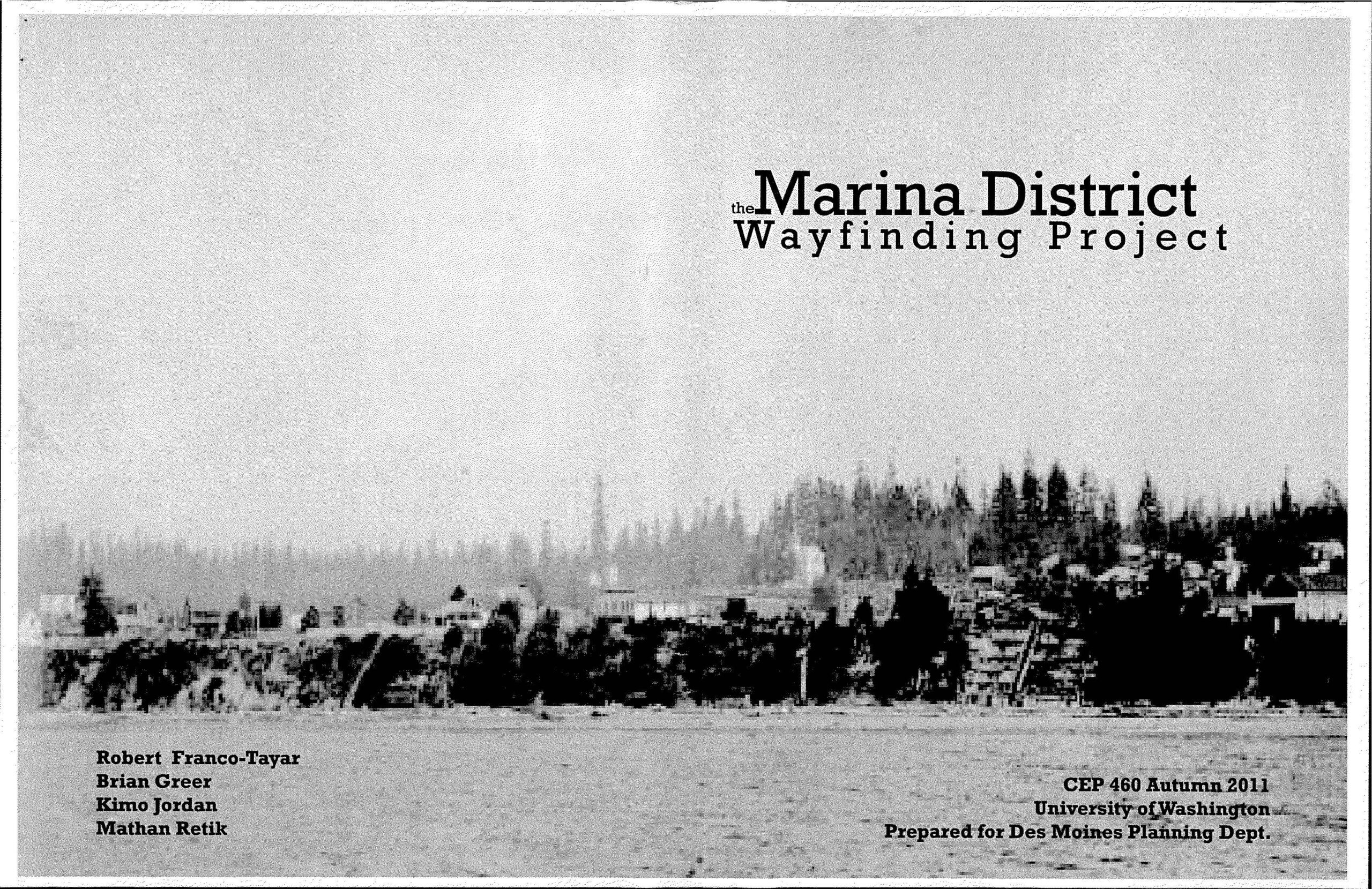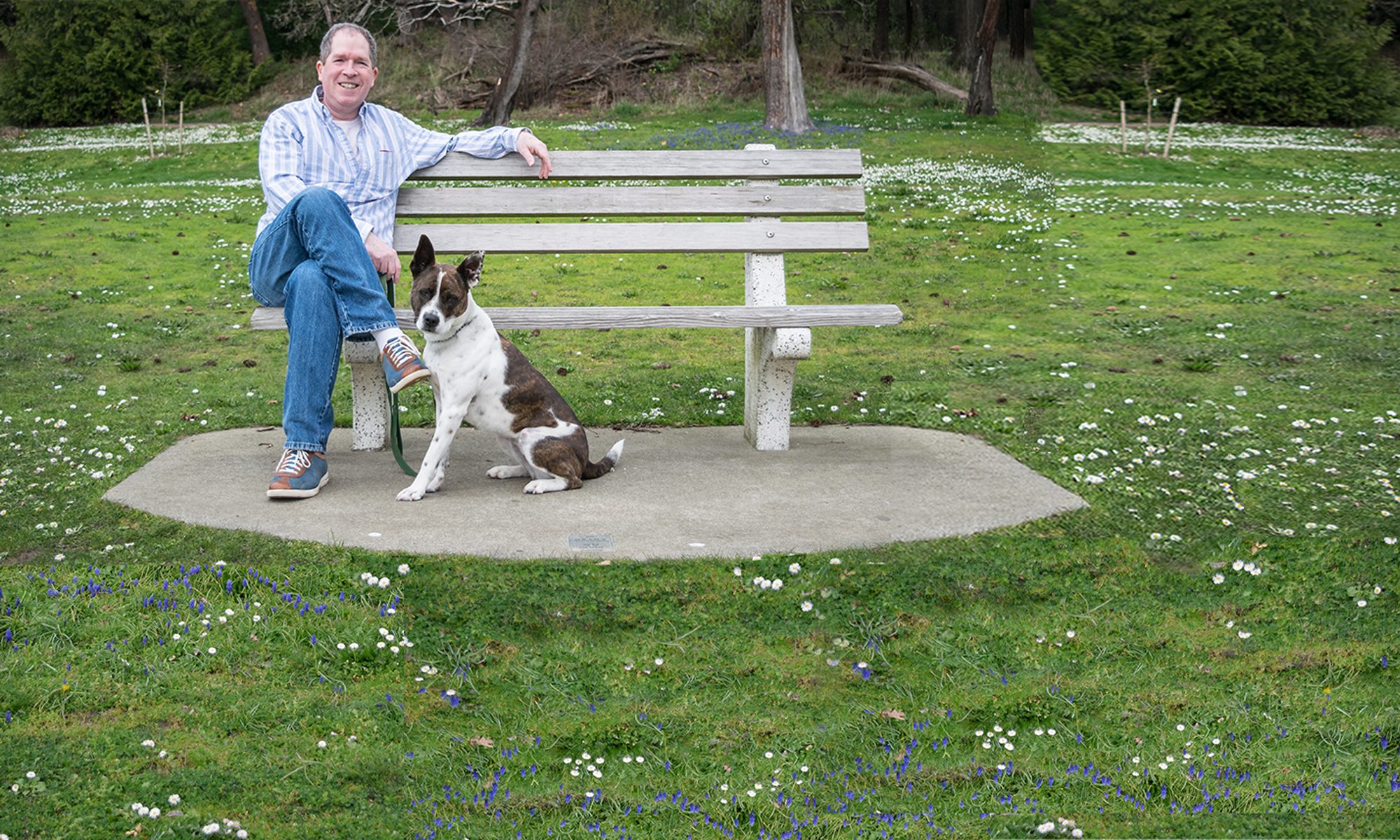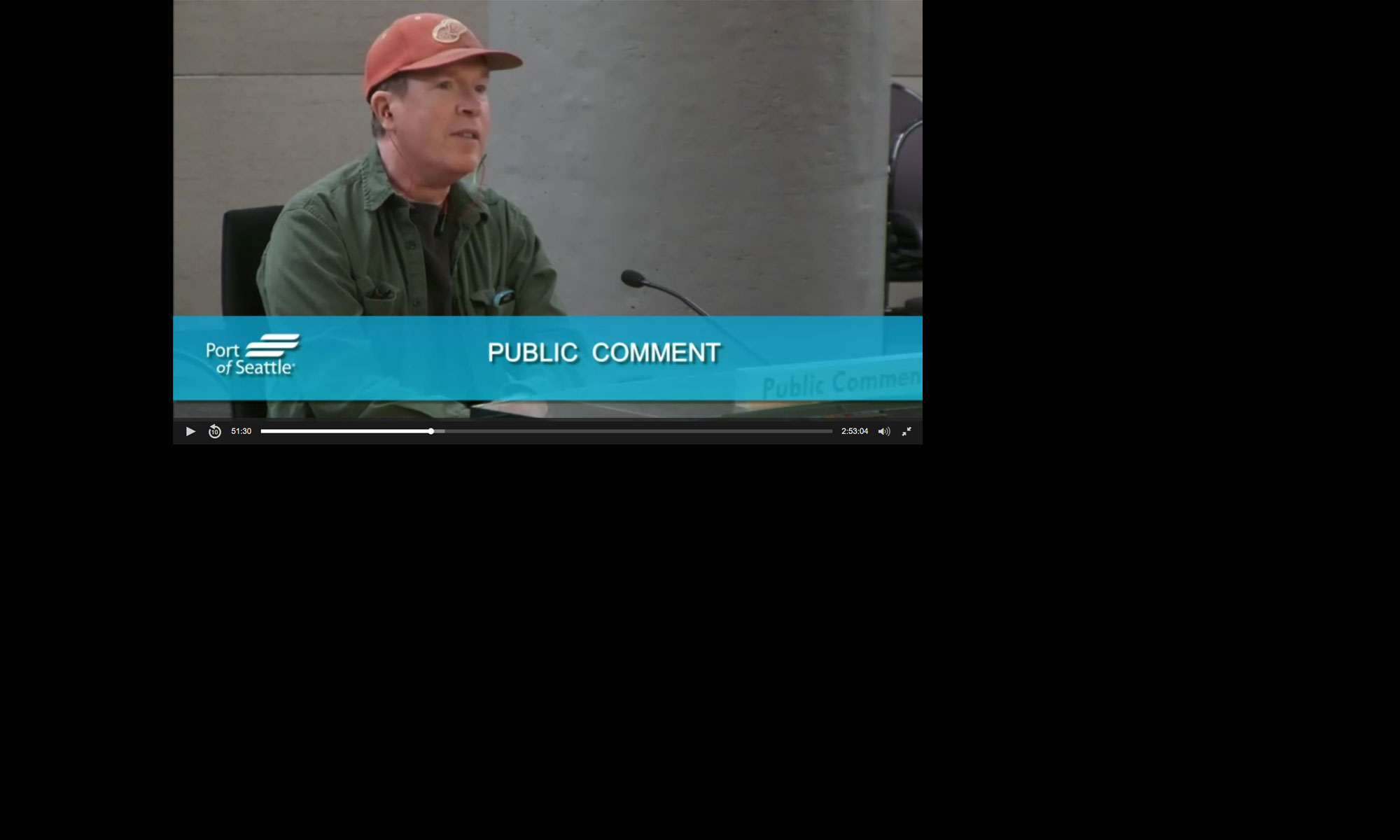
The UW CEP Marina District Wayfinding Project is a wonderful bit of history I hope you’ll find useful and interesting. It’s from the January 12, 2012 City Council Packet which is one of the more significant Marina-related meetings in our history.
The document was a senior-class project for the UW School of Community Environment Planning which goes over their design ideas for the downtown and the Marina. It’s only about twenty pages and very readable. I urge you to look at it because it demonstrates some very important ideas we should be thinking about today.
- First of all, they worked in concert with a very wide range of stakeholders including the Public Planning Commission we used to have, the Arts Commission, Destination Des Moines and the Des Moines Historical Society.
- Second, back in the mists of time, there had already been a set of stairs at the end of 223rd leading down to the Marina floor (what is now Parcel A.) They were removed and replaced with Overlook I. They consider 223rd to be the backbone of the downtown and that having a way to connect Marine View Drive with the Marina floor is crucial. Remember this is 2011, many years before the current Holmes Group Marina Steps Project.
- They also take a look at all kinds of low-dollar ways to re-imagine the downtown holistically. They mention a series of tourist amenities like signage, consistent theming, kiosks, etc. Design-wise, they seem to have a bit of a bias towards a historic theme–or at least making the best use of the items that were available at the time. They note that although there is a good deal of public art, they suggest that it is not located in a strategic way, ie. as part of any holistic design.
My take….
I’m obviously a fan of much of this project (and at least one other UW student project we sponsored around 2008.)
Nothing but failure. Since 1962…
There has been a story told by recent City Councils that ‘nothing has changed in Des Moines since 1962’. That there were numerous previous ‘failures’ to improve our downtown. That view is far too simplistic and this is one piece of evidence which counters that narrative. This was a very useful project and such should be re-visited because there is a lot to be learned which we can apply today.
Not so fast…
My assertion has always been that the downtown was headed in the right direction back in the 2000’s, then got smashed by the Great Recession, before it had a chance to take root. At the time, the City did not have the resources or frankly the vision to implement those ideas, but that does not mean that advice in documents like this was not excellent.
People ask me why I’m such a fan of public planning commissions. Here ya go. All the stakeholders, and ultimately the students, put a lot of effort into a providing a holistic view of improving our visitor experience. It’s a great example of the benefits we could derive from getting feedback from a wide range of subject matter experts and stakeholders.
Summary
The UW-CEP Wayfinding Project has given me a lot of good things to think about that, frankly, have not been covered in either the Skylab or Holmes presentations.
Therefore, I would very much prefer to re-visit these proposals and see how they might be incorporated into our Marina planning before considering larger, far more costly, construction projects.



Comments